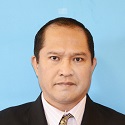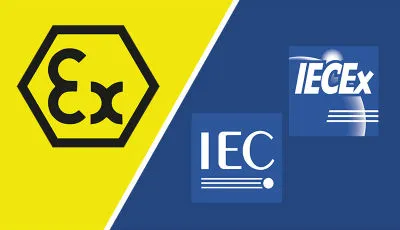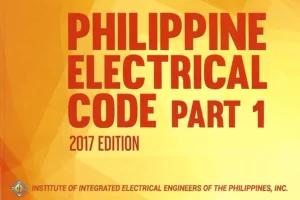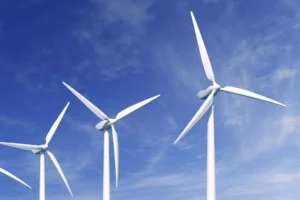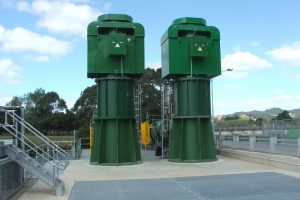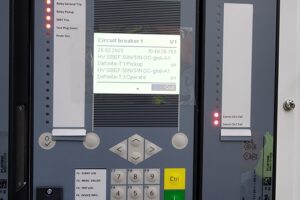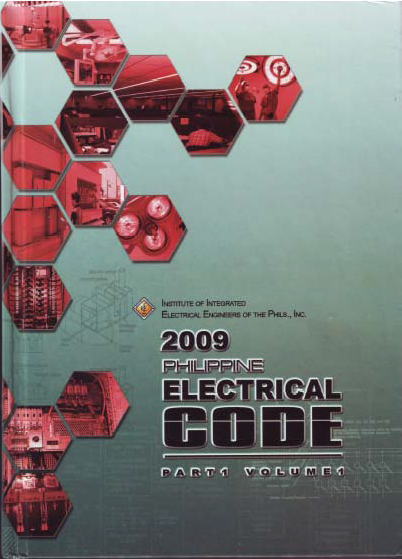1. Introduction
Hazardous areas-locations with explosive atmospheres due to gases, vapors, or dust-require meticulous earthing and bonding practices to ensure electrical safety. This article outlines the requirements for hazardous area earthing per international standards and the Philippine Electrical Code (PEC) 2017 , including a clause-by-clause summary and a compliance checklist.
2. Objectives of Earthing in Hazardous Areas
Prevent sparking due...
Time for an Update: Why the Philippine Electrical Code Needs to Align with the Latest NEC Edition
Executive Summary
The Philippine Electrical Code Part 1 - 2017 (PEC1:2017) has served as the national standard for electrical installations for nearly a decade. Modeled after the U.S. National Electrical Code (NEC) 2017, the PEC1:2017 introduced important safety and design improvements over its predecessor. However, as of 2025, the NEC has already advanced through two subsequent revisions: NEC 2020 and...
Fault-Ride Through (FRT) in Renewable Energy Systems
1. Introduction
The increasing integration of renewable energy sources (RES) such as wind and solar into power systems requires these sources to contribute to grid stability during disturbances. One critical requirement is Fault-Ride Through (FRT), which ensures that generators remain connected during voltage disturbances caused by grid faults. This article outlines the concept, relevance, and standard compliance requirements of FRT...
Posted in Maintenance / Safety on July 8th, 2025
Operational Testing of High Voltage Electric Motors
1. Introduction
High voltage (HV) electric motors-generally rated at 1kV and above-are critical assets in industrial and utility-scale applications. Their continuous, reliable performance is essential for plant productivity and safety. To ensure optimal function and early fault detection without interrupting production, a suite of online (operational) tests is employed. These tests monitor electrical, thermal, and mechanical conditions while...
Protection Philosophy for Renewable Energy Integration
Aligned with IEC and IEEE Standards
1. Introduction
The integration of Renewable Energy Systems (RES), such as Photovoltaic (PV) solar power, Wind Energy Conversion Systems (WECS), and Battery Energy Storage Systems (BESS), into existing electrical networks necessitates a well-defined protection philosophy. This document presents a comprehensive strategy to ensure safety, reliability, and compliance with international standards. It addresses the specific...
Trends and Impacts of Artificial Intelligence in Electrical Power System Protection
1. Introduction
The transformation of modern power systems-driven by the proliferation of renewable energy, decentralized generation, and smart grid technologies-necessitates more adaptive and intelligent protection mechanisms. Artificial Intelligence (AI) has emerged as a powerful tool in addressing the limitations of conventional protection schemes. This report outlines the current trends, development, implementation strategies, and impacts of AI in the domain of...

